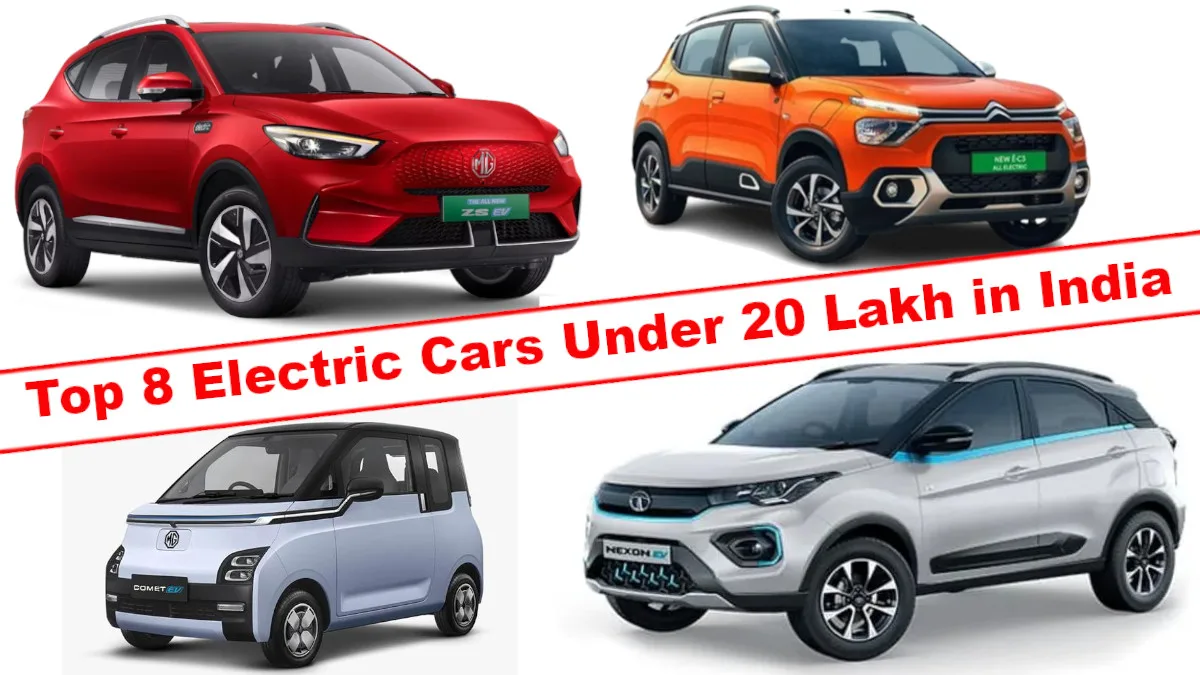Stellantis has announced plans to invest over $406 million into three facilities in Michigan as part of its multi-energy strategy. This investment includes significant updates to the Sterling Heights Assembly Plant (SHAP), which will become the company’s first U.S. facility to produce an entirely electric vehicle.
The Sterling Heights plant will manufacture the Ram 1500 REV, the company’s first fully electric light-duty pickup truck, scheduled for release in late 2024. Alongside it, the all-new 2025 Ram 1500 Ramcharger, a range-extended version, will also be produced. Both electric and internal combustion engine (ICE) models will be assembled at this plant. Additionally, the company will retool its Warren Truck Assembly Plant to support the future production of an electrified Jeep Wagoneer. Stellantis also plans to upgrade its Dundee Engine Plant to produce battery trays and beams for its STLA Frame and STLA Large platforms.
Stellantis CEO Carlos Tavares commended the transformation of the Sterling Heights plant, acknowledging the hard work of the team. He emphasized that producing the Ram electric trucks in Michigan is a proud achievement and aligns with the company’s commitment to its multi-energy approach. These investments are designed to meet customer demand by enhancing Stellantis’ Michigan facilities to support electrified production for Jeep and Ram.
These efforts are part of Stellantis’ broader Dare Forward 2030 strategic plan, which aims to provide clean, innovative, and affordable mobility solutions. The company’s multi-energy strategy includes electrifying its product lineup, adjusting manufacturing processes, and securing its supply chain to cater to diverse electrification demands.
Sterling Heights Assembly Plant (SHAP)
With a $235.5 million investment, SHAP will begin production of the 2025 Ram 1500 REV, Stellantis’ first electric light-duty truck. Unveiled at the 2023 New York Auto Show, the Ram 1500 REV will be available in late 2024. The plant will also produce the Ram 1500 Ramcharger, a range-extended electric truck.
The plant has undergone significant changes to accommodate electric vehicle (EV) production, including installing a new conveyor system, automation for EV-specific processes, and reconfiguring workstations. SHAP will now produce both ICE and electric models on a single assembly line. The Ram 1500 REV will utilize the STLA Frame architecture, designed for full-size EVs. This body-on-frame design features a high-strength steel frame, balancing durability and weight. The vehicle offers two battery options: a 229 kilowatt-hour pack for up to 500 miles of range and a 168 kilowatt-hour pack for up to 350 miles.
The Ram 1500 Ramcharger will offer 663 horsepower, 615 lb.-ft of torque, and can accelerate from 0 to 60 mph in just four seconds. It will feature a 92 kilowatt-hour battery and an on-board 130 kW generator, capable of powering the vehicle’s front and rear electric drive modules. Additionally, the Ramcharger will offer bi-directional charging, allowing it to charge other vehicles or provide power back to the grid.
Warren Truck Assembly Plant (WTAP)
Stellantis will invest $97.6 million into the Warren Truck Assembly Plant to prepare for the production of an electrified Jeep Wagoneer. The plant will produce both ICE and electrified versions of the Jeep Wagoneer, Grand Wagoneer, and their extended L models. This new electrified Wagoneer will be one of four Jeep EVs set to launch globally by 2025.
Dundee Engine Plant (DEP)
A further $73 million will be invested into the Dundee Engine Plant. This facility will begin producing battery trays for the STLA Frame architecture and machining beams for the STLA Large platform by 2024 and 2026, respectively. Additionally, the plant will continue production of the GME-T4 EVO engine and introduce a new 1.6-liter turbocharged engine, compatible with hybrid-electric vehicles, in 2025.
Dare Forward 2030 Plan
Stellantis is investing more than €50 billion over the next decade to accelerate its electrification goals. The company aims to achieve a 100% battery-electric vehicle (BEV) sales mix in Europe and 50% in the United States for passenger cars and light-duty trucks by 2030. To support these targets, Stellantis is securing 400 GWh of battery capacity from manufacturing plants in North America and Europe. Stellantis is also committed to becoming a carbon net-zero company by 2038, with minimal residual emissions.
Discover more from Wheels Craze - Automotive News, EV News, Car News, Bike News
Subscribe to get the latest posts sent to your email.





